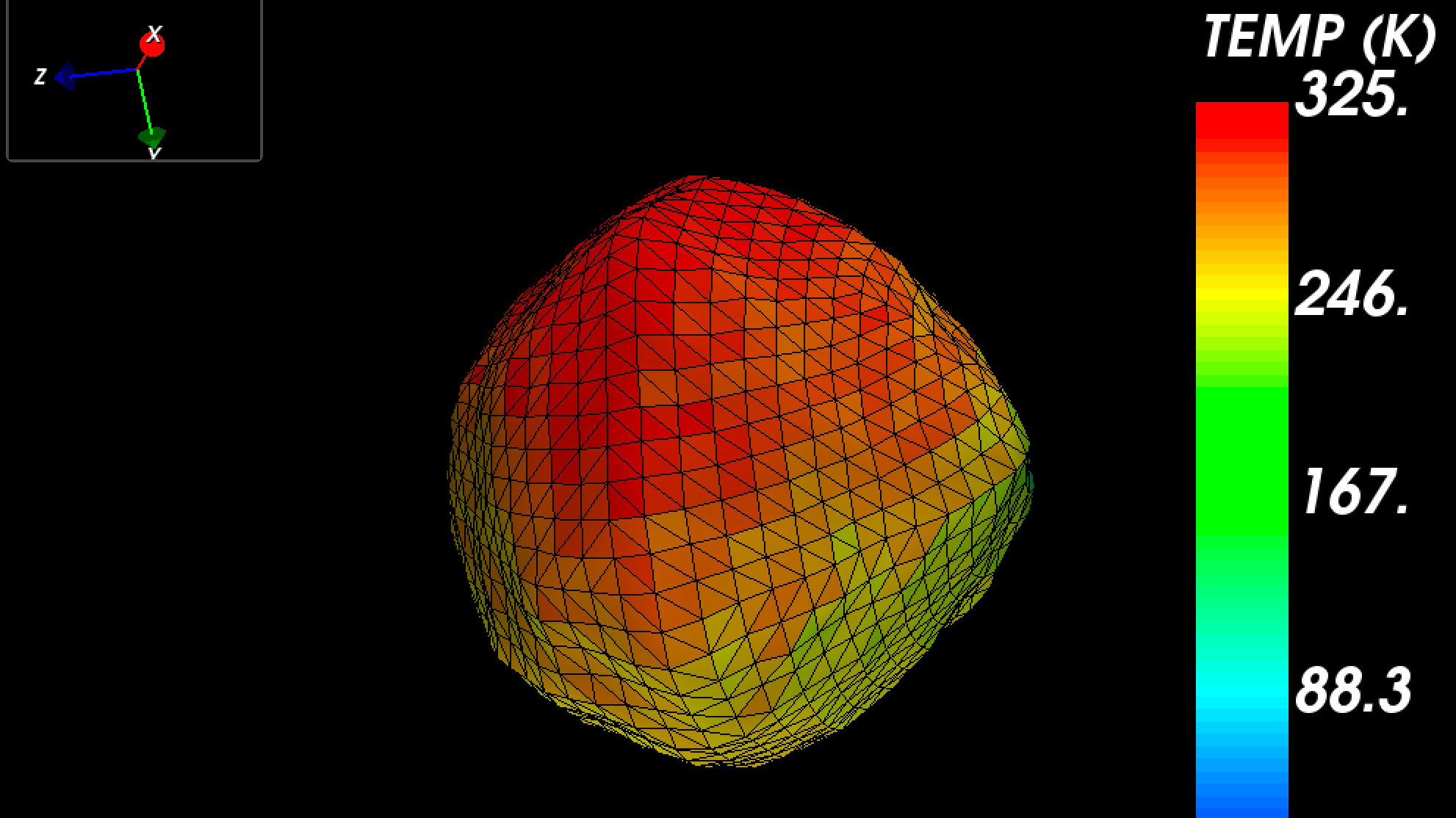Thermophysical properties are crucial to understand small bodies of the Solar System (i.e asteroids and comets). Thermophysical models constrained by observations yield surface thermal inertia and constrain properties such as grain size, porosity, and packing of the surface material which inform us about the past and ongoing geological processes. The surface thermophysical properties affect also orbital and spin state evolution via the Yarkovsky and YORP effects. Visible and thermal infrared data can be used simultaneously to derive more reliable asteroid shapes and spin properties. The recent observations of Thermal infrared imager (TIR) on-board the Hayabusa2 spacecraft, revealed the highly porous nature of the C-type asteroid Ryugu. The upcoming HERA mission in 2024 will be the next small body mission equipped with an imager based on new microbolometer arrays; a first in ESA planetary mission. Compared to Hayabusa2, it will have better characteristics and several filters on selected IR bands. In this project, tools for the analysis of thermophysical properties will be developed to be used first on Didymos, target of the HERA mission. The model will be generic for small bodies, capable to model binary systems with additional effects such as mutual and self heating. The state of art 1D conduction model will be developed, validated and extended to 3D by considering finite elements on tetrahedrons as it has been demonstrated to be essential for craters and surface roughness. This new tool will also support many more features such as custom elevation maps, occultations and shadowing, detailed analysis of selected areas, multiple layers and regions with different ground properties and YORP effect. Several data inversion methods (least squares, machine learning etc..) will be considered. The generic tool can be used in other missions (Comet Interceptor, Hayabusa2, OSIRIS-ReX ...) and with different IR instruments including ground/space telescopes.

